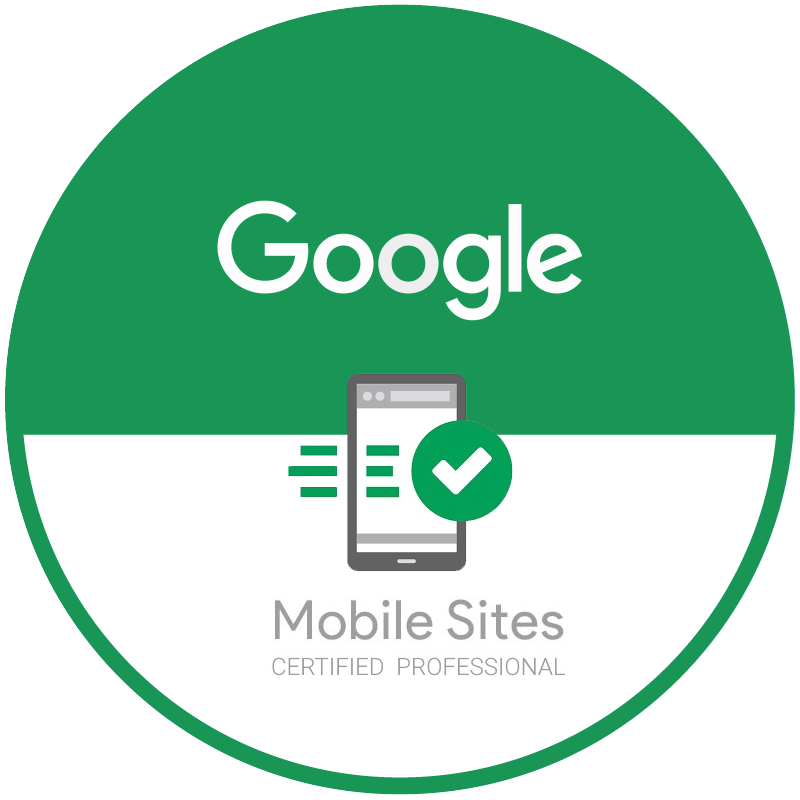![]() Kirsten Armleder| June 14, 2023
Kirsten Armleder| June 14, 2023
In the competitive world of business, effective marketing plays a crucial role in driving success. While various strategies and tactics are employed, one often overlooked aspect is the power of positive language. The words we choose to use in our marketing campaigns can significantly impact how our messages are perceived and received by our audience. By embracing positive language, businesses can unlock new levels of engagement, build trust, and ultimately achieve greater success. In this article, we will explore the importance of positive language in marketing and provide examples of how to turn negatives into positives.
The Impact of Positive Language:
Positive language can evoke emotions, create connections, and foster a favourable perception of your brand. It helps to establish a sense of trust, reliability, and authenticity, which are vital in building strong relationships with customers. By using positive language, businesses can capture attention, inspire action, and leave a lasting impression on their target audience.
Turning Negatives into Positives:
When marketing a product or service, it’s crucial to focus on the benefits it brings rather than merely listing its features. For example, instead of saying, “Our vacuum cleaner has a powerful motor,” a positive rephrasing could be, “Experience effortless cleaning with our high-performance vacuum cleaner.” By emphasizing the convenience and ease of use, you create a positive association that resonates with potential customers.
-
Transforming Problems into Opportunities:
Every product or service solves a problem or fulfills a need. Rather than dwelling on the negative aspect of the problem, highlight how your offering presents an opportunity for improvement or growth. For instance, instead of saying, “Tired of long commutes? Our car insurance covers accidents,” reframe it as, “Enjoy worry-free journeys with our comprehensive car insurance.”
-
Using Testimonials and Social Proof:
Social proof is a powerful tool in marketing, as it provides evidence of your product’s value and positive impact. Incorporate customer testimonials and reviews into your marketing materials to showcase real-life experiences. For instance, instead of claiming, “Our software is reliable,” you can share a testimonial that says, “Using their software transformed our business operations, increasing efficiency by 30%.”
-
Framing Challenges as Exciting:
Rather than presenting challenges as obstacles, reframe them as exciting opportunities for growth. By adopting an optimistic tone, you can inspire confidence in your audience. For example, instead of saying, “Overcome the complexities of learning a new language,” a positive approach would be, “Embark on an exciting journey of mastering a new language.”
In the realm of marketing, positive language holds immense power. By consciously using positive language, businesses can create a strong impact on their audience, build trust, and ultimately drive success. From emphasizing benefits over features to transforming problems into opportunities, every aspect of marketing communication can benefit from the integration of positive language. By embracing positivity, businesses can differentiate themselves, foster stronger connections with customers, and achieve remarkable results in their marketing endeavors. Remember, in the world of business, every word matters, so choose them wisely and let the power of positive language work wonders for your brand’s success.



